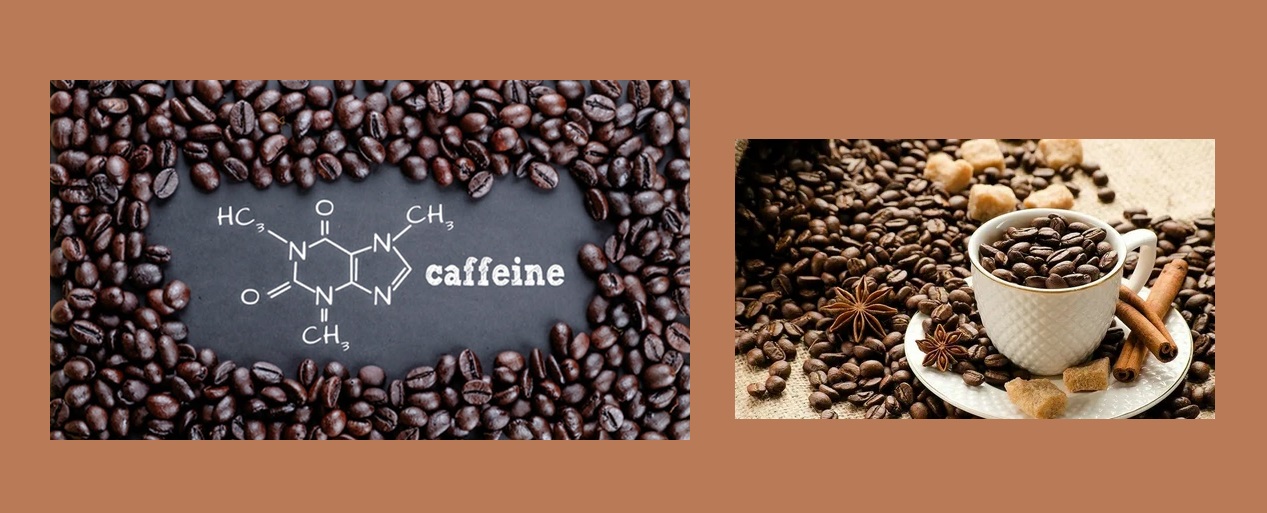We unleash your business potential by maximize the business innovation.
Send EmailCaffeine, Guaranin, Hycomine, 58-08-2
Molecular Formula (Caffeine): C8H10N4O2
Molecular Weight: 194.194 g/mol
Chemical Name: 1,3,7-trimethylxanthine
CAS Number: 58-08-2
It occurs naturally in some beverages. In addition, it is a methylxanthine used as a pharmacological agent. It is also a purine alkaloid.
Caffeine is structurally related to Adenosine and acts primarily as an adenosine receptor antagonist in psychotropic and anti-inflammatory activities.
It is a methylxanthine alkaloid that can be found in the seeds, nuts or leaves of some plants native to South America and East Asia.
In short, it is an alkaloid compound with stimulating effects. It is found in the fruits, seeds and leaves of approximately 60 plants. It has the ability to paralyze insects that feed on these plants. Therefore, caffeine acts as a natural insecticide.
This compound is not a nutrient. It acts as a dietary component with a stimulant feature in the body.
It is a chemical compound produced by the extract method within the scope of FEMA 2224.
According to some authorities, a person's daily caffeine requirement is a maximum of 300 mg/day. If consumed above the standard values, it can cause blood pressure, heartburn and addiction.
Other Names of Caffeine:
Guaranine
Coffeine
Koffein
Methyltheobromine
1,3,7-trimethylxanthine
Anhydrous Form
58-08-2
Hycomine
Synthetic Form
Physical and Chemical Properties:
It is found in solid form as an odorless white powder or white shiny needles. It has a bitter taste. It has white, prismatic crystal features.
Boiling point is 178 °C.
Melting point is 235 °C.
Caffeine solubility is 21600 mg/Lt at 25 °C. It is soluble in pyridine. It is freely soluble in pyrrole. It has a slight solubility in petroleum ether.
It has good solubility in water, but it crystallizes when it returns to room temperature. In order to prevent this crystallization, the amount of caffeine dissolved should not exceed a certain rate. At the same time, a certain amount of Mono Propylene Glycol should be mixed.
In addition, it is freely soluble in Tetrahydrofuran containing 4% water.
Its density is 1.23 g/cm3.
Caffeine solubility does not increase as the amount of cosolvent increases. For example, the solubility decreases as the concentration of solvent mixtures such as Isopropyl alcohol, Ethyl alcohol, 1.3 Butylene Glycol increases.
It has good solubility in trichloroethylene. It has important effects for separating impurities. With this solvent, residues are separated and caffeine is recovered.
Caffeine Usage Areas:
It is used in the manufacture of some drugs as a CNS respiratory stimulant in medical drugs.
It is used together with a repulsive liquid and a breath freshening compound in the production of spray formulas produced for the purpose of creating fresh breath. Breath freshening formulas applied in spray form are easy to use and absorb. It is especially suitable for the elderly who have difficulty swallowing capsules and tablets.
It is used together with Vitamin C, Guarana, Zinc Sulfate, Zinc Gluconate in the production of multivitamin supplements and increases the body's mental acuity (Clarity).
It can break down fats due to its lipolytic effects on fat cells and helps release fatty acids. Due to the properties of caffeine here, it is used in some formulations produced to tighten the skin.
Eye creams are also among its areas of use. When used in this area, its swelling-reducing properties are revealed.
It is a food additive used in soft drinks due to its mild stimulating effect and different levels of flavor. Caffeine is used in cola and some other soft drinks according to demand.
It is used in the manufacture of some supplements due to its properties of relieving fatigue and increasing awareness.
It is used in the manufacture of anti-cellulite creams due to its many beneficial properties. It has some positive effects such as viscosity, pH, and moisturizing ability with its use in creams.
The use of 2% caffeine to increase the viscosity of body lotions can have the ability to double the viscosity of the lotion. It also provides a better moisturizing effect.
It is used as an active ingredient in tablets and capsules in supplement production.
Caffeine is used in the production of coated tablets. Steam is condensed with the help of heat. Condensation aerosol is generally used.
It is used with menthol, 1.3-Butylene Glycol, Carbomer, Vitamin E Acetate in green tea gels produced for weight loss.
It is added to capsules as a multivitamin supplement.
Caffeine is used in the production of cola.
It optimizes the use of energy in the muscles and ensures that carbohydrate molecules are used more beneficially for the body.
It also has pesticide effects due to its anti-nutrition effect. It can be used as a pesticide against insects and similar pests.
Narcolepsy is a disabling neurological disorder defined in the 1880s. The symptoms of narcolepsy are excessive daytime sleepiness, hypnagogic and hypnopompic hallucinations, cataplexy, sleep paralysis and REM sleep at the onset of sleep. Caffeine is used as an immunosuppressive agent in the manufacture of drugs produced to treat such disorders.
It is used in encapsulated caffeine compounds. Here, an organic acid is also used. This organic acid can be Oxalic Acid, Malic Acid and Succinic Acid. In addition, a viscosity increasing agent is used. These can be HPMC and Guar Gum.
